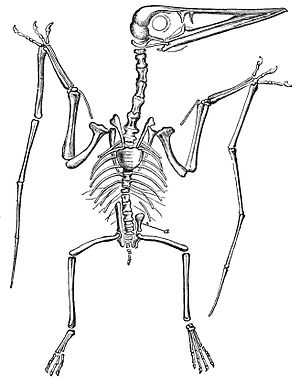Primary Non Contributory Endorsement Isometric Exercises
. Start by standing or sitting in a neutral position. Place both hands firmly on your forehead.
Contract your neck as you slowly start to push against your hands. Make sure that you are pushing your forehead towards your hands and not the other way round.Exercise Equipment. Primary insurance limits are available up to $. Waiver of Subrogation Endorsement Available; Primary & Non-Contributory Endorsement. A 65 yo patient with who is a smoker with an asymptomatic bruit of the Right Carotid Artery should have? A carotid doplar B.
Primary Non Contributory Endorsement Isometric Exercises For Kids
An Angiogram C. An ultrasound of his aorta D.
Evaluation for HTN and Lipid profile E. Be advised to quit smoking. Keep your hands as still as possible in order to create the isometric resistance. Keep your head looking forward at all times.

Next, do the back neck isometric exercise by placing your hands firmly on the back of your head. Your hands should be roughly in line with the top of your ears.More than 90% of hip fractures in older Americans result from a fall. Inadequate intake of dietary protein and vitamin D are common in older adults, and diets in low these could contribute to loss of muscle mass and strength or coordination, in turn increasing the risk of falling.The objective of the study was to evaluate the relationship between protein and vitamin D intake with the occurrence of falls in older women in the Study of Osteoporotic Fracture, a prospective cohort of more than 4000 postmenopausal women participating from January 1997 to September 1998. Incident falls were ascertained for one year.Protein and vitamin D intake was assessed by a food frequency questionnaire; associations with a reported fall were estimated with logistic regression, adjusted for fall-related covariates and energy.

Protein and vitamin D were modeled separately because of high correlation (rho=0. 55, P.INTRODUCTION Falls are frequent among older adults; one out of three individuals aged 65 years and older fall each year. Older women are at increased risk, and two-thirds of those who fall once will do so again within six months. Falls are also highly linked with serious injury; they are the leading cause of fractures. Indeed, nine out of ten hip fractures in older Americans result directly from a fall.
Fractures, especially hip fractures, are associated with significant morbidity and mortality; one of four will die within a year of experiencing a hip fracture.





